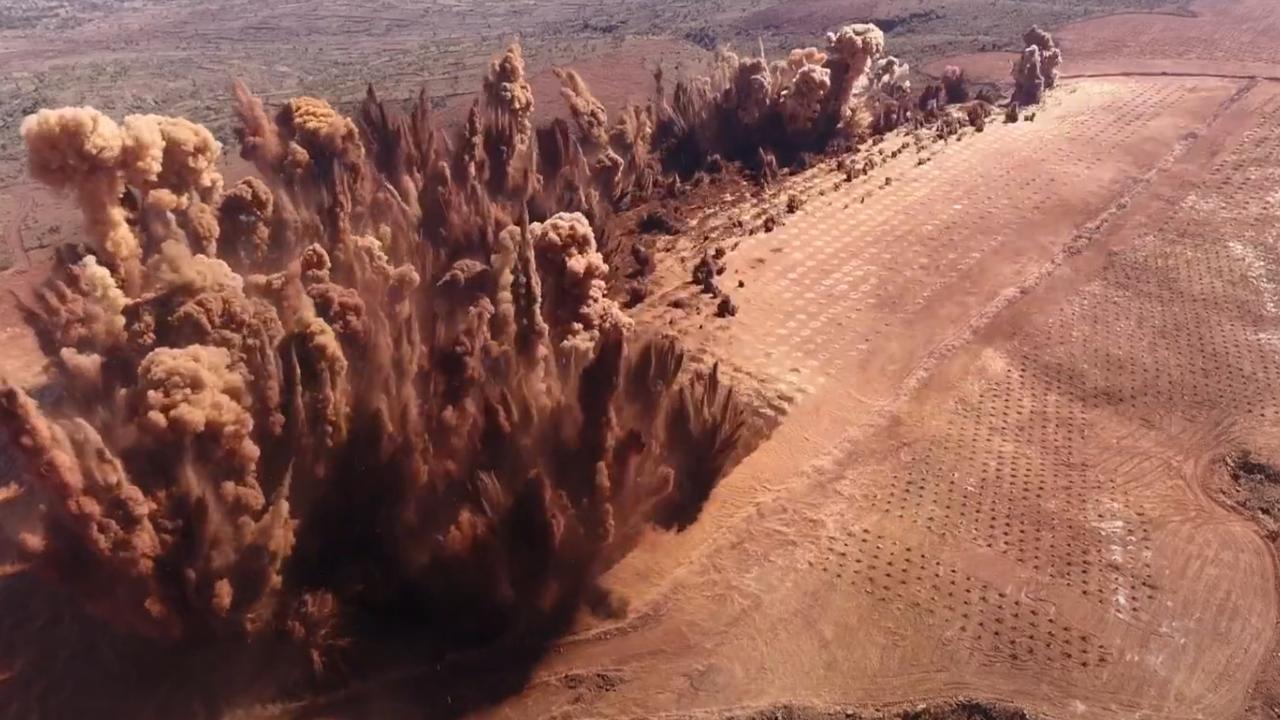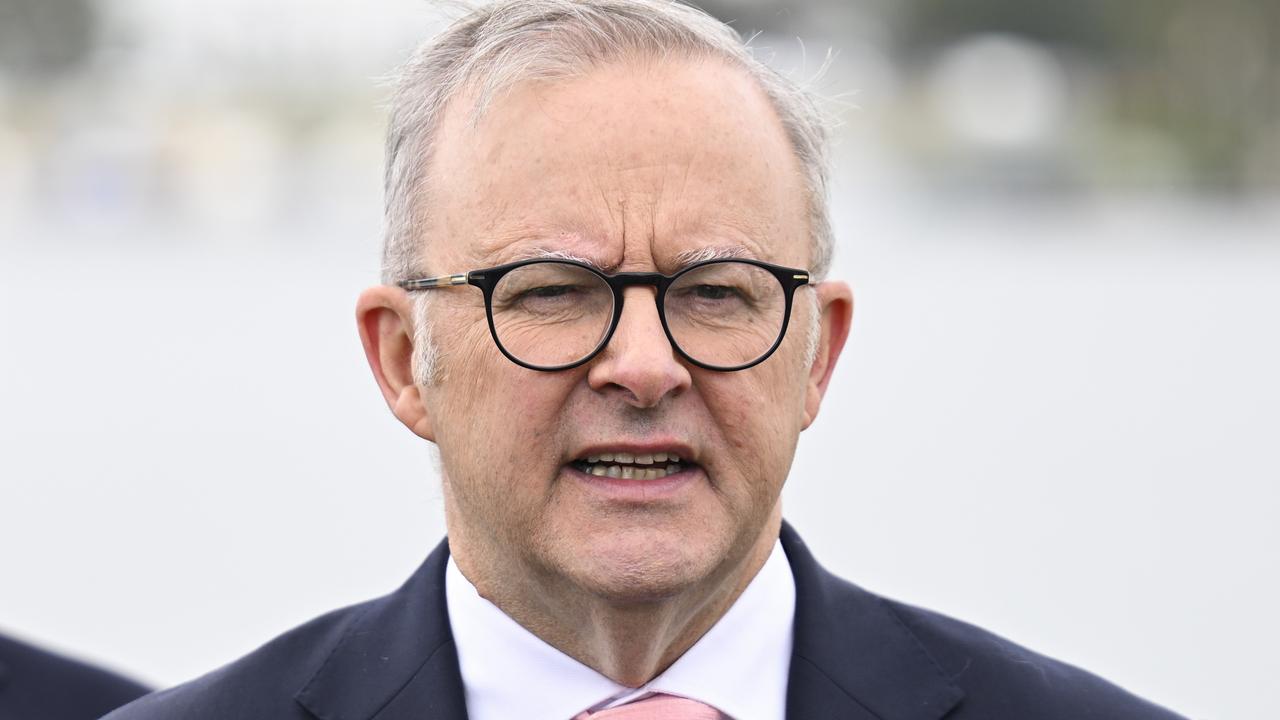Higher CPI figures could spell more RBA interest rate hikes
The RBA board is in for another tough call on the cash rate in its May meeting, with upcoming inflation data to weigh heavily on the decision.
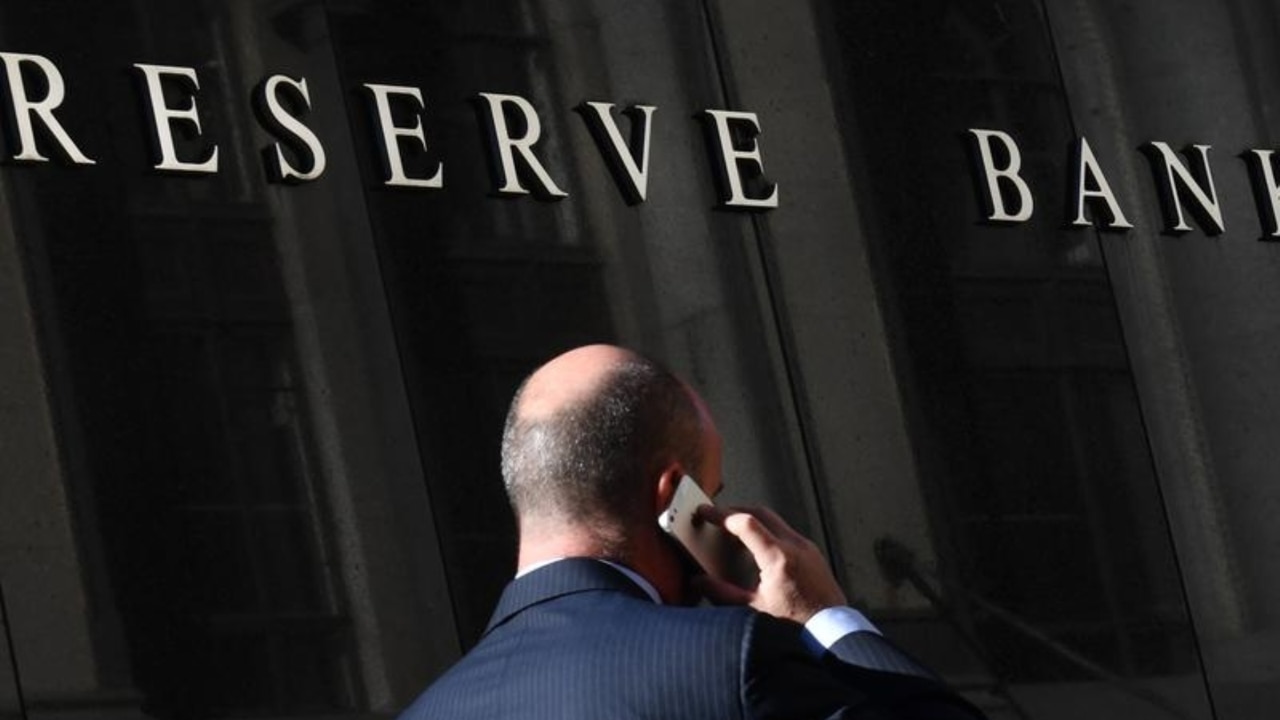
Interest Rates
Don't miss out on the headlines from Interest Rates. Followed categories will be added to My News.
The Reserve Bank board is gearing up for another tough decision in its upcoming May meeting, as they weigh up resuming interest rate rises over another pause in the official cash rate.
New figures for inflation — the key reason there is pressure on interest rates — will be released on Wednesday and the RBA board will meet the following Tuesday.
The official cash rate was kept at 3.6 per cent in April after somewhat positive jobs data and flat retail spending prompted the central bank’s board to opt out of an 11th straight rate rise.
The Australian Bureau of Statistics (ABS) data will on Wednesday release the March quarter Consumer Price Index (CPI), which will provide more data around inflation than the monthly figures.
The annual inflation figure for the December quarter was 7.8 per cent. The RBA has a target of 2-3 per cent for inflation.
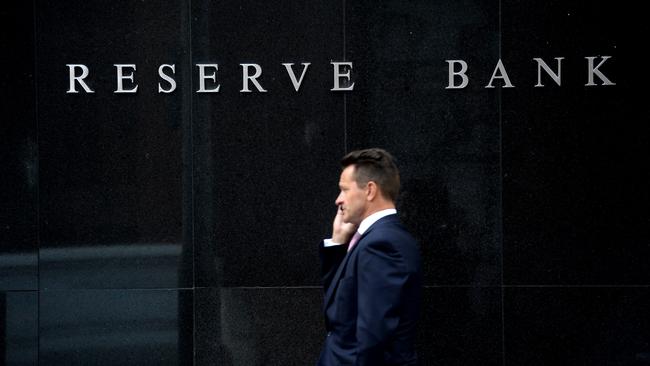
The minutes from boards' April meeting, released last Tuesday, said “members observed that it was important to be clear that monetary policy may need to be tightened at subsequent meetings and that the purpose of pausing at this meeting was to allow time to gather more information.”
Strong migration figures and wage increases may also drive another increase to CPI, which would increase the likelihood of another rate rise.
The RBA did consider raising the cash rate another 25 basis points in April, which would have taken the rate to 3.85 per cent.
“This case was again founded on the observation that inflation remained too high and the labour market was very tight,” read the minutes.
“It would be inconsistent with the board’s mandate for it to tolerate a slower return to target.”
The official cash rate then dictates how much interest lenders can charge; although the banks are generally two or three per cent above the cash rate.
RateCity.com.au’s research director Sally Tindall said while the RBA hit the pause button on hikes to collect more data, borrowers should be using the reprieve to negotiate themselves a better deal.
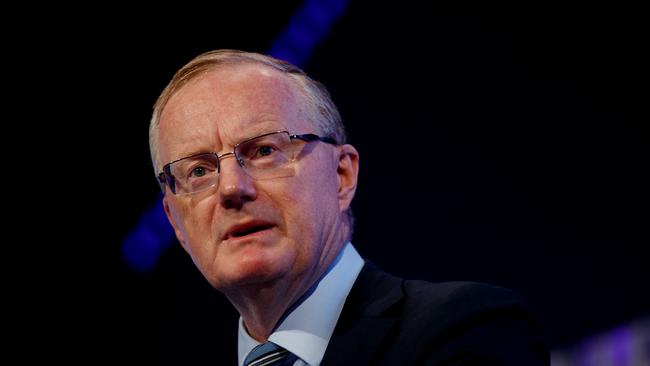
“Every time the RBA hikes the cash rate, it takes between two and three months for that extra money to come out of people’s bank accounts,” Ms Tindall said.
“The market is still incredibly competitive for borrowers looking to switch, particularly if they’re willing to go beyond these big banks.
“With just under $20bn worth of loans up for grabs every single month, most lenders are climbing over each other to win a decent slice of the refinancing pie.”
An independent report released on Thursday suggested a shake-up to the way the RBA board operates, including meeting to decide interest rates only eight times each year, and holding regular media conferences to increase accountability.
“Monetary policy processes should be more transparent, with press conferences after each meeting, papers published after five years, and board members occasionally speaking publicly about the work of the board,” the report said.
Treasurer Jim Chalmers said the government had agreed to in-principle support for all 51 recommendations to ensure the “monetary policy framework is the best it can be and “boost confidence in our central bank.”

While RBA Governor Philip Lowe said he welcomed the recommendation of splitting into two boards: one to govern monetary policy, the other for banking governance.
“I think it is true to say that from a number of perspectives the current oversight arrangements of me as the governor for managing the bank fall short of contemporary standards,” Mr Lowe said.
“So the proposed changes would help address this, and they would help me as governor manage the bank and the many complex and important functions we undertake. So I support that change.”
Lecturer at Monash University’s Department of Economics, Faculty of Business and Economics, Isaac Gross predicts, despite any changes, there’s “unlikely to be significant changes to its current approach of keeping interest rates relatively high.”
“Rates will remain high for as long as inflation is projected to stay above the 2-3 per cent target band,” Dr Gross said.
The ABS will release the March quarter report on CPI at 11.30am AEST Wednesday.
The RBA’s next meeting is May 2 – the week before Dr Chalmers hands down the Albanese government’s second budget.
Originally published as Higher CPI figures could spell more RBA interest rate hikes



